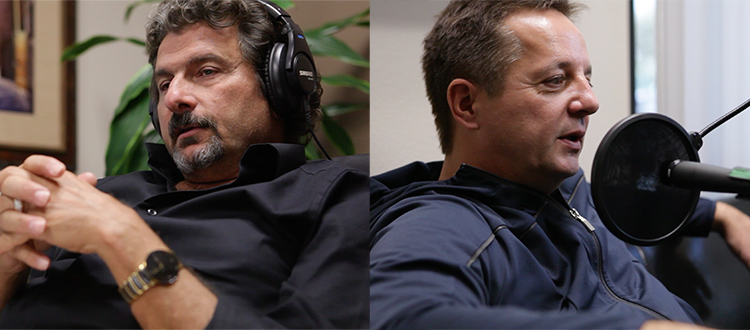Trenchless Technology Methodology
Trenchless technology can include new construction or the replacement of piping and the rehabilitation of existing piping. The is the explanation of the difference between installing or renewing pipe underground without digging a trench.
New or replacement piping requires new construction at or near the existing pipeline or at a location along a new alignment. The main method is the directional boring of small diameter horizontal holes up to six inches in diameter to bury underground utility pipe and cable.
However it is common for the installation of large diameter fluid carrying pipe in sizes ranging from 6 inches up to 108 inches (9 feet).
Renewal of existing piping involves one of two following methods that may be determined after conducting an assessment of the structural condition and degree of inflow/infiltration exposure.
Rehabilitation: measures restore the pipeline’s structural condition while still operating the original “host” pipe. Construction techniques may include slip lining with a new pipe; interior lining with cements or installing cured in-place liners and others. This refers to trenchless pipe replacement using slip lining and pipe jacking methods.
Renovation: is an option if the existing piping is found to be structurally sound. Then the objective is to reduce inflow/infiltration by injection or sealing techniques to repair limited damage. However, often the host pipe has structurally deteriorated (i.e., missing pieces/cracked joints in masonry piping, hydrogen sulfide corrosion of concrete piping or corrosion of steel piping) and “rehabilitation” is necessary.


